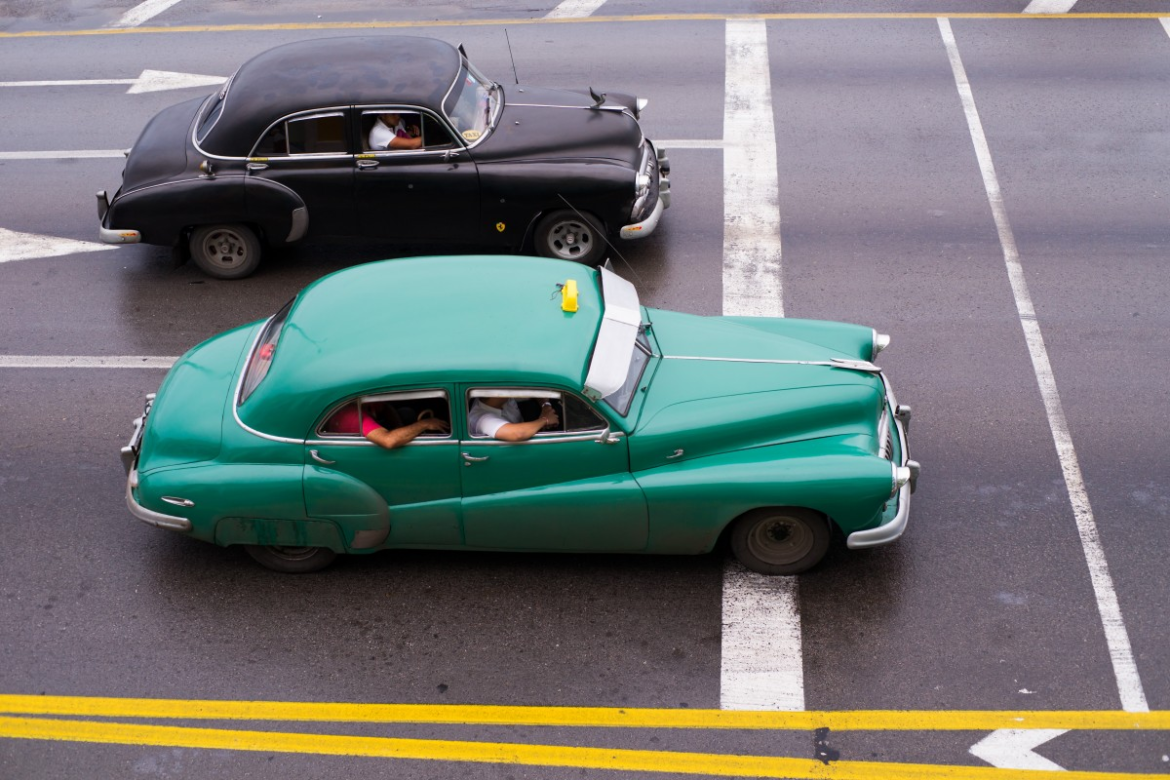 06 Aug
06 Aug Safety Upgrades for Classic Cars
- Posted by Car Guy
- 0 Comment(s)
New vehicle models on the market provide the most advanced safety features technology can offer, such as lane-keep assist, 360-degree cameras, and collision warning systems. But for classic cars, even the most basic modern safety features are inventions of the future.
However, that doesn’t mean that these safety features are out of reach. Collectors who also want to be able to safely drive their vehicles can make a number of safety upgrades for classic cars, including the ones we’re listing here.
Brakes
Antilock brakes restore traction to tires to enable drivers to maintain control of their steering when braking abruptly, and to avoid skidding when doing so on slippery roads. This feature is as important as it sounds, but most classic cars don’t have it.
Classic cars also tend to have drum brakes, which deteriorate quickly and require frequent maintenance. Modern disk brakes are much safer and are easy to install. You can either use a setup from a newer model of your classic car or buy a kit that allows you to convert the drum brakes to disc brakes.
Seat Belts
Prior to 1966, manufacturers weren’t required to include seat belts in cars. Because vehicles don’t have to adhere to laws that came into effect after their manufacture, pre-1966 cars do not legally have to have seat belts. (State laws vary; check yours to be sure.)
But seat belts really do save lives, and collectors shouldn’t fail to install them — even for the sake of maintaining originality. Car shows recognize this, and won’t dock points for safety-related upgrades.
Even if your classic car includes lap belts, best practice is to replace them with standard lap-shoulder belts. Proper installation is crucial, so only install them yourself if you’re really confident that you can do it right.
Headlights
Classic cars generally have sealed-beam headlights that aren’t nearly as bright as the halogen and high-intensity discharge (HID) headlights we use today. You can purchase a replacement kit to install either halogen or HID headlights without changing the look for some models.
Power Steering
Classic cars lack the power steering typical of modern rack-and-pinion steering systems, giving drivers less precision and making it difficult to navigate crowded streets. Driving can become anything from mildly frustrating to seriously dangerous in situations that require precise or last-minute turning, especially for those without the strength to control the wheel.
Replacing the original steering system with rack-and-pinion power steering will give you more control and make driving easier and safer.
Tires
Most classic cars come with bias-ply tires, which have layers of cords that create a crisscross pattern. This pattern causes a lot of friction and thus excess heat, in turn wearing down the tires’ tread and limiting their handling capabilities.
On modern radial tires, the cords are parallel to each other rather than intersecting, eliminating this issue. Radial tires have superior traction, steering, stopping, cornering, and mileage than their predecessor.
Online vendors and specialty tire retailers offer radial tires that feature red stripes, whitewalls, and raised lettering on the sidewalls to match the original bias-ply tires, so you can make the safety upgrade without sacrificing originality. Just be cautious if your car is from before 1975, as it may need new wheels that are better suited for radial tires. Radials put pressure on pre-1975 wheels in a different manner than bias-ply tires, causing them to crack.
Electronic Ignition
Points ignition systems, which are made up of ignition points that turn the coil on and off at the right time, are typical of classic cars. These ignition points break down over time, causing expensive and dangerous starting and performance problems.
Replacing your points ignition with an electronic ignition system generally isn’t time-consuming or expensive. This upgrade will bring your vehicle into the 21st century, giving it the dependable starting and performance of new models.
For more advice on improving your classic car, check out these tips for keeping your classic car road-ready.
